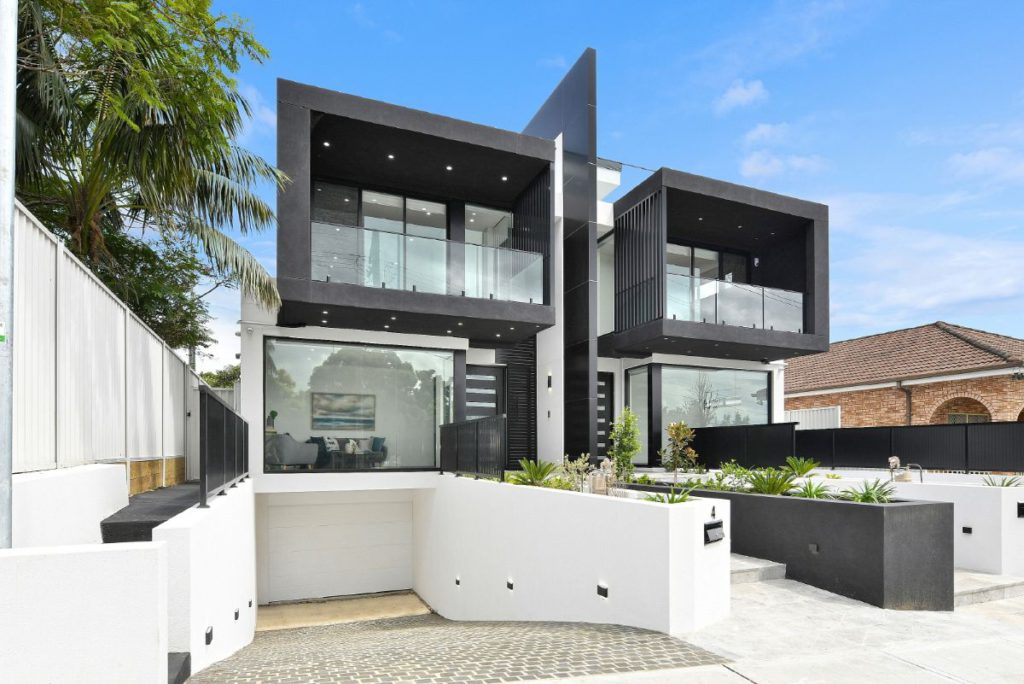Unlock the Full Potential of Your Dream Home on a Sloping Block
Acquiring a sloping block in Sydney often provides a more budget-friendly alternative compared to purchasing a level plot; however, choosing this option does not equate to compromising on quality or the overall value of the property.
In reality, a sloping landscape can be a remarkable advantage when you partner with a skilled custom builder who is adept at creating homes that harmoniously integrate with the natural surroundings.
From innovative downward sloping block house designs featuring garage basements to tastefully designed split-level homes that take full advantage of natural light and breathtaking views, sloping terrains offer distinctive opportunities that flat sites simply cannot match.
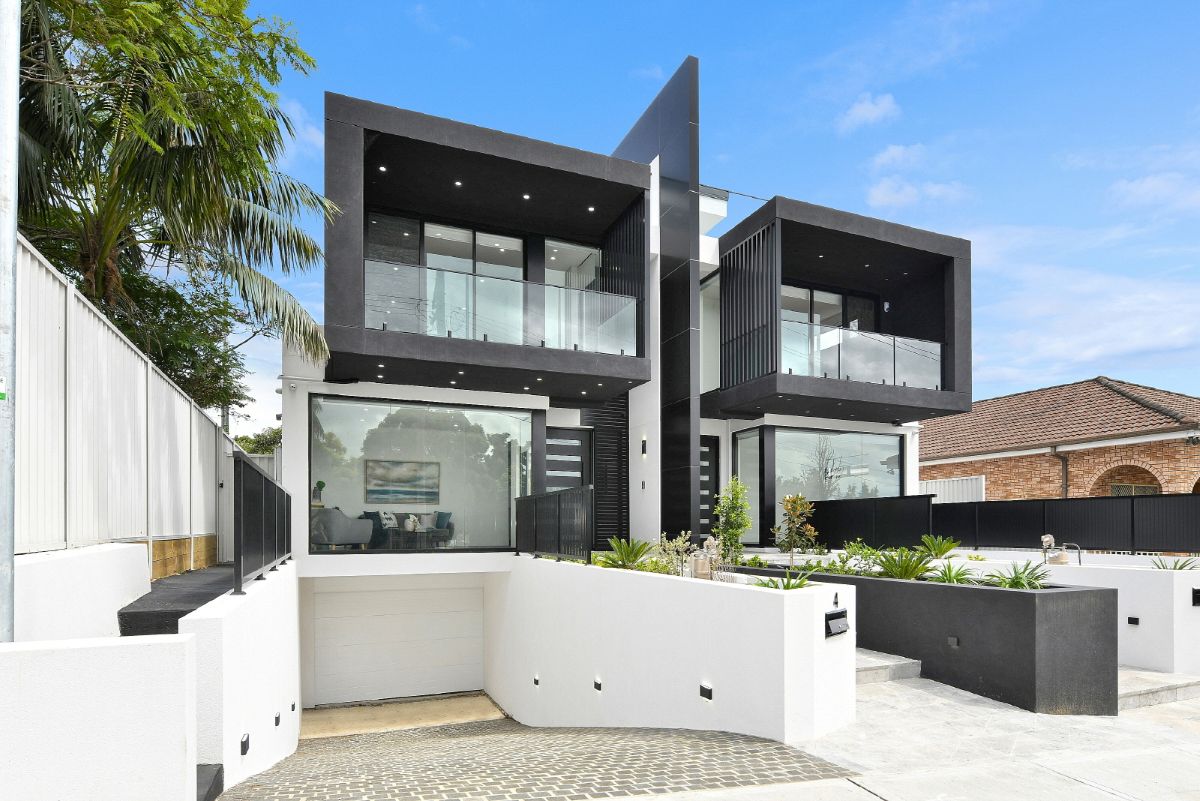
How Can You Utilise the Benefits of a Sloping Block to Improve Your Living Space?
The essential principle when designing for sloping land is to create in harmony with the slope rather than against it.
A downward slope that leads towards the street is particularly advantageous for designs that incorporate basement garages or living areas that flow seamlessly into the backyard.
Conversely, an upward slope provides an excellent base for multi-level or split-level homes, facilitating a creative stepped design that encourages elevated, private spaces.
For properties featuring side-to-side gradients, implementing terracing or innovative retaining walls can yield striking architectural results that enhance the property's overall attractiveness.
When your design embraces the natural contours of the slope, it opens up possibilities for multi-level living, which fosters layered spaces, unique architectural features, and lifestyle amenities that are simply unattainable on a flat block.
What Fundamental Steps Should You Take to Successfully Build on a Sloping Site?
Constructing a home on a slope demands more meticulous planning than building on a conventional flat block. This process begins with a comprehensive site evaluation that encompasses soil testing, drainage analysis, and accurate slope measurements.
From this thorough assessment, your builder and engineer will recommend the most appropriate foundation system, which might involve a pier-and-beam, split-level, or slab-on-grade approach, especially in regions where the slope is moderate.
Moreover, careful planning of the drainage design is crucial in this process. Without a robust drainage system, stormwater can threaten foundations or lead to flooding issues. Local councils frequently impose stricter approval processes for homes built on slopes, often necessitating detailed reports on soil stability, water management strategies, and environmental impact assessments.
Selecting a builder who is well-versed in these requirements will not only save valuable time but also help prevent potentially costly setbacks.
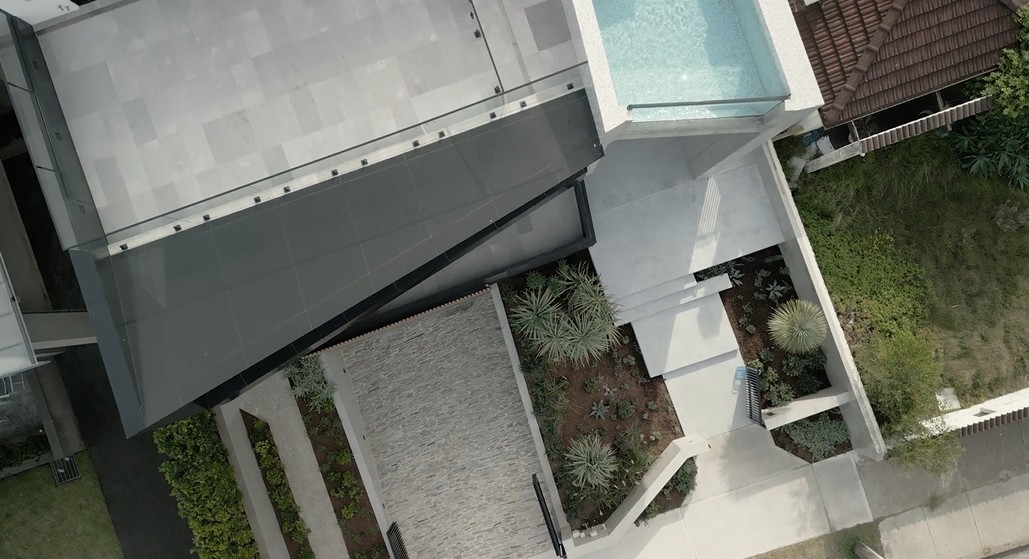
What Key Challenges and Considerations Arise When Building on Sloping Sites?
Building on sloping sites introduces unique challenges that homeowners must be prepared to tackle:
- Soil stability requires extensive testing to ensure secure foundations and long-lasting structural integrity.
- Foundation systems vary based on the gradient; generally, steeper sites necessitate piers or split-level foundations to adequately support the structure.
- Excavation and earthworks may be necessary to level or modify parts of the site, which can considerably increase overall costs.
- Drainage must be carefully designed to effectively manage water runoff and prevent soil erosion.
- Council regulations may be more stringent, particularly in areas vulnerable to bushfires or flooding, necessitating thorough compliance.
- Access for vehicles and pedestrians may require innovative design solutions to ensure safety and ease of movement.
These factors often deter many builders from undertaking projects on sloping blocks; however, with the right expertise, each challenge can be converted into an opportunity for creative design and construction.
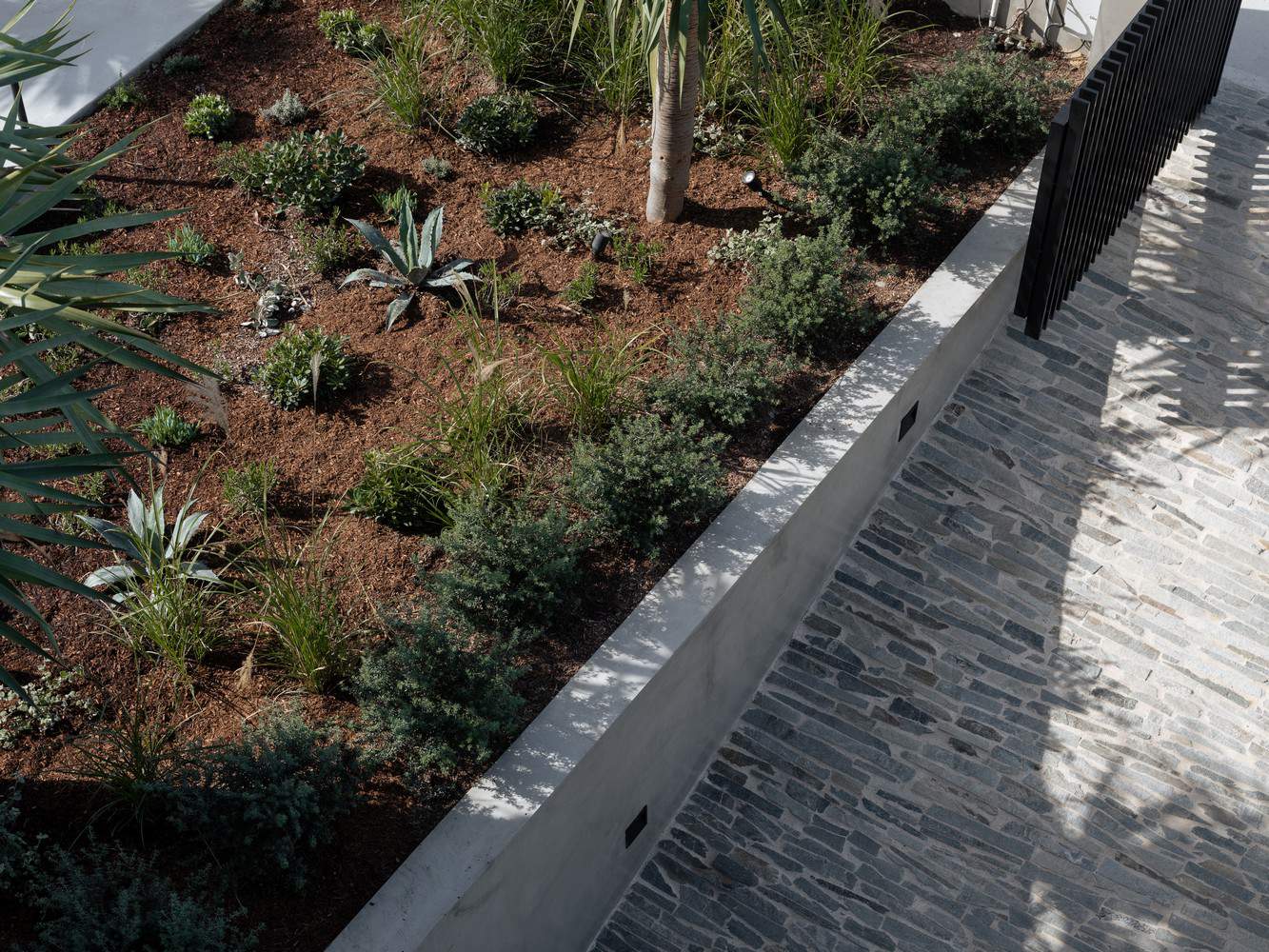
Explore the Unique Benefits of Constructing on a Sloping Site
Architectural character
Building on sloping sites allows homes to merge seamlessly with the natural landscape, resulting in stunning architectural forms, layered facades, and floor plans that appear more bespoke than conventional designs.
Multi-level living
Split-level or tiered layouts effectively define living zones, enabling families to enjoy private retreats, entertainment areas, and smooth transitions between indoor and outdoor spaces.
Space for lifestyle features
A sloping block naturally accommodates additional features such as basements for gyms, home theatres, or wine cellars, as well as expansive outdoor living areas that beautifully integrate with the site.
Long-term value
Homes built on slopes typically stand out in the property market. Their unique architectural appeal, presence, and functional design contribute to strong resale potential, making them a valuable investment opportunity.
How Much Should You Budget for Building on a Sloping Block?
This question is often among the first that homeowners ask. Unfortunately, there is no universal answer, as costs can vary considerably based on factors such as gradient, soil type, accessibility, and overall design complexity. Typically, a gentle slope of approximately three metres across the building area is manageable without incurring excessive costs, while more pronounced slopes may require additional excavation, retaining walls, and specialised engineering solutions.
While the initial expenses of building on a slope may exceed those of a flat block, the long-term benefits—including enhanced lifestyle options and increased resale value—often justify the overall investment.
What Are the Possible Disadvantages of Building a Home on a Slope?
The primary drawbacks are related to costs and complexity. Earthworks, retaining walls, and drainage systems can significantly impact the overall budget. Furthermore, the construction timeline may extend due to the additional engineering demands and local council approval processes.
Access, both during the construction phase and after the home is completed, can present challenges, particularly on steep blocks.
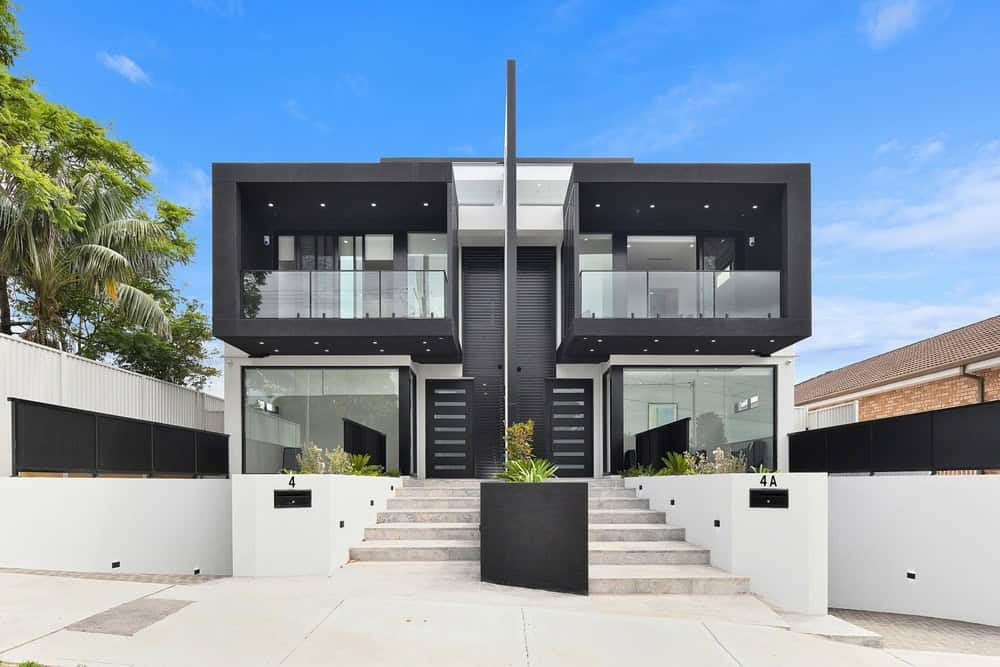
Why Is It Crucial to Avoid Standard Builders for Sloping Sites?
The unfortunate reality is that pursuing this route can lead to significant complications. Building on sloping land without the guidance of an experienced builder can result in severe issues, including unstable foundations, potential water damage, and excessive budget overruns. A sloping block builder in Sydney provides the essential structural expertise and strategic planning necessary to ensure that the slope is utilised to your advantage rather than becoming a hindrance.
Transform Your Sloping Block into a Valuable Asset with Expert Guidance
At Phase Projects, we perceive sloping sites as thrilling opportunities for innovation and design.
Whether your vision includes a downward sloping block house design with a basement garage or a split-level home that elegantly showcases the breathtaking Sydney skyline, we specialise in converting challenging terrains into extraordinary custom luxury homes.
Our dedicated team manages the entire process, from geotechnical testing and obtaining necessary approvals to construction and final handover, ensuring a seamless and successful project.
The Article: Building on a Sloping Block in Sydney: What to Expect first appeared on https://writebuff.com
The Article Building on a Sloping Block: Expectations for Sydney Homes Was Found On https://limitsofstrategy.com
The Article Building on a Sloping Block: What Sydney Homeowners Should Expect found first on https://electroquench.com
